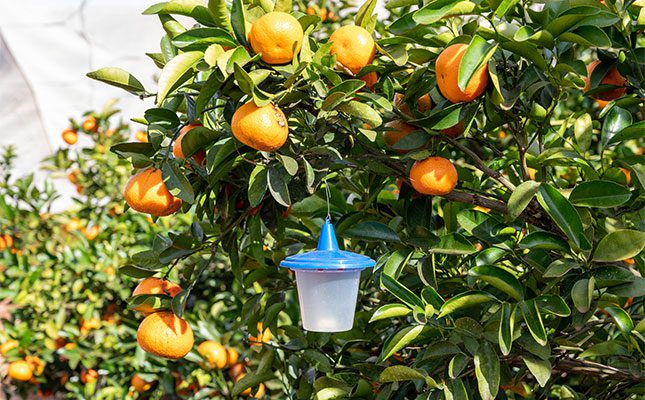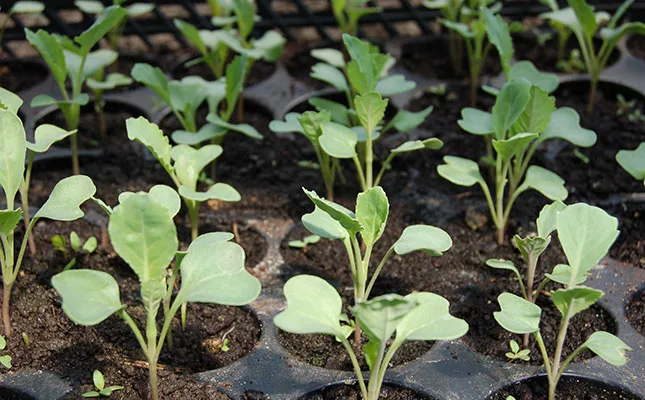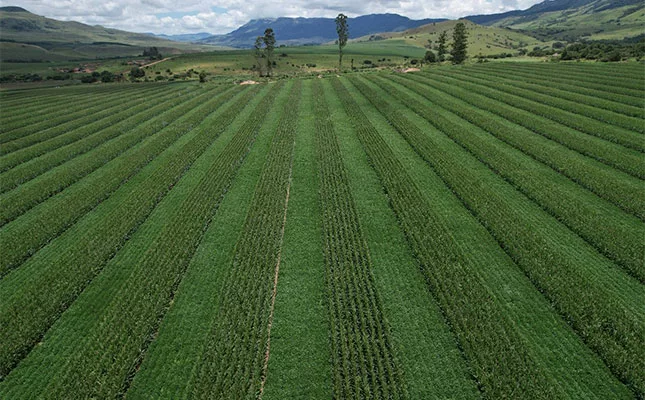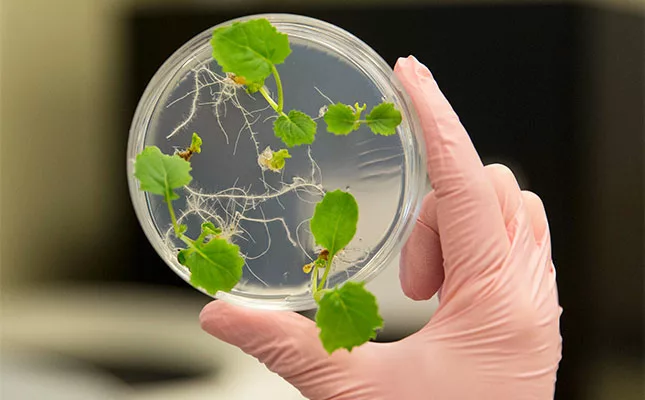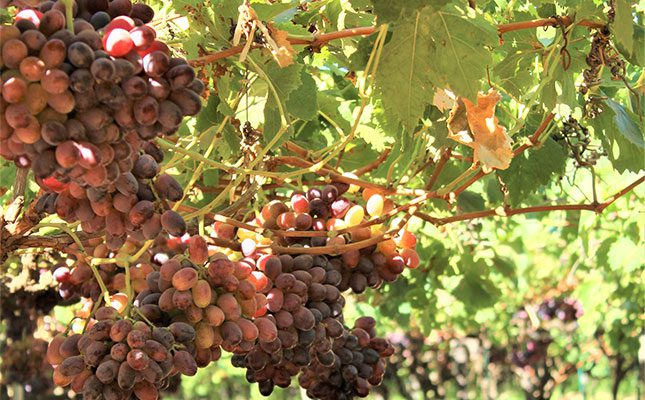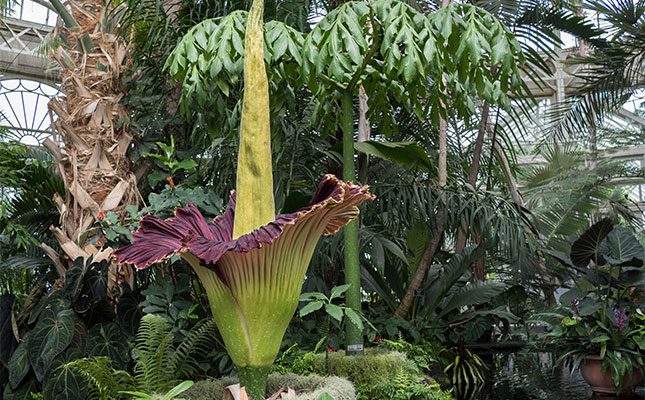
Photo: Wikimedia Commons
There’s no doubt that the people behind plant names are a wildly creative bunch.
From the weird to the wonderful, common plant names capture the imaginations of gardeners around the world and inspire them to grow all sorts of oddball specimens.
In South Africa, we’re no different, proudly showing off our ‘poor man’s orchids’ and ‘bird of paradise’ flowers to our braai guests.
If you’re thinking of adding a quirky touch to your garden, what follows are a few examples and how to grow them.
Mickey mouse bush
This attractive and hardy Southern African bush displays profuse, bright-yellow flowers in spring.
Its playful common name comes from the fruit – shiny black berries dangling beneath red sepals are said to resemble Mickey Mouse’s face. The flowers attract bees and butterflies to your gaerden, while many bird species feast on the berries.
Growing tips: the Mickey Mouse bush (Ochna serrulata) grows best in full sun and frost-free regions but can manage semi-shade and light frost.
The soil should be well-composted and mulched, and the plant should be watered regularly.
Corpse flower
Part of the arum family, the massive corpse flower (Amorphophallus titanum) from the jungles of Sumatra has many weird attributes that are well-aligned with its bizarre appearance.
Named for its foul-smelling flowers, thankfully a decade or more passes between stints of blooming, and the blooms last no more than 48 hours.
The odour has a purpose, though, attracting flies to pollinate the flower.
Growing tips: recommended for experienced and patient gardeners, this oddity can be grown as a pot plant from seed. Keep it in bright, indirect light, maintain a warm environment (24°C to 32°C), water whenever the top layer of soil feels dry, and repot as it grows.
If you follow these guidelines and don’t mind waiting up to 10 years for a flower, only to move it outside before you choke on the stench, you’ll have a guaranteed conversation starter in your home.
Living stones
Cute, colourful, and quirky, living stones (Lithops spp.) are native to South Africa and Namibia. Resembling painted pebbles, these succulents grow flush with the ground in many different habitats, including shale and limestone.
They are drought-tolerant plants that retain moisture in their fleshy leaves.
Growing tips: living stones like well-drained sandy soil, full sun, and high temperatures. Water them only when the soil is completely dry, and when they’re dormant, don’t water them at all.
These unique succulents can also be grown indoors, provided they are consistently getting bright light and good airflow in order to continue thriving.
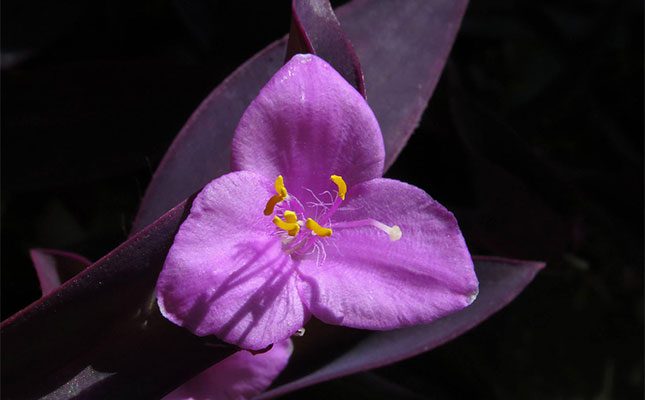
Wandering dude/purple heart
An evergreen perennial originating in north-eastern Mexico, this low-growing trailing plant (Tradescantia pallida) is unmistakable.
Called ‘wandering dude’ by some nurseries, although better known as purple heart, it has striking dark-purple foliage and tiny pink flowers that appear from midsummer. Its colour makes it a showy addition to any garden.
Growing tips: this hardy plant needs very little care; just well-drained soil and occasional watering once established, as it’s drought-tolerant.
For full colour development, plant it in full sun. It can also grow in partial shade, where the foliage deepens in colour.
Note: purple heart can be toxic to animals if ingested.
Fuzzy bear paw
The fuzzy bear paw (Cotyledon tomentosa) is a compact, proudly South African succulent that boasts small, fuzzy, fleshy leaves with serrated tips resembling bear paws and claws.
It produces tubular flowers in spring and summer, ranging from yellow and orange to red, and tends to be slow-growing.
Growing tips: plant in well-drained soil, in warm conditions, and water only when the soil is dry, as it’s highly drought-tolerant.
Fuzzy bear paws are ideal for rockeries but also thrive in pots.
Note: they can be toxic to animals if ingested.

